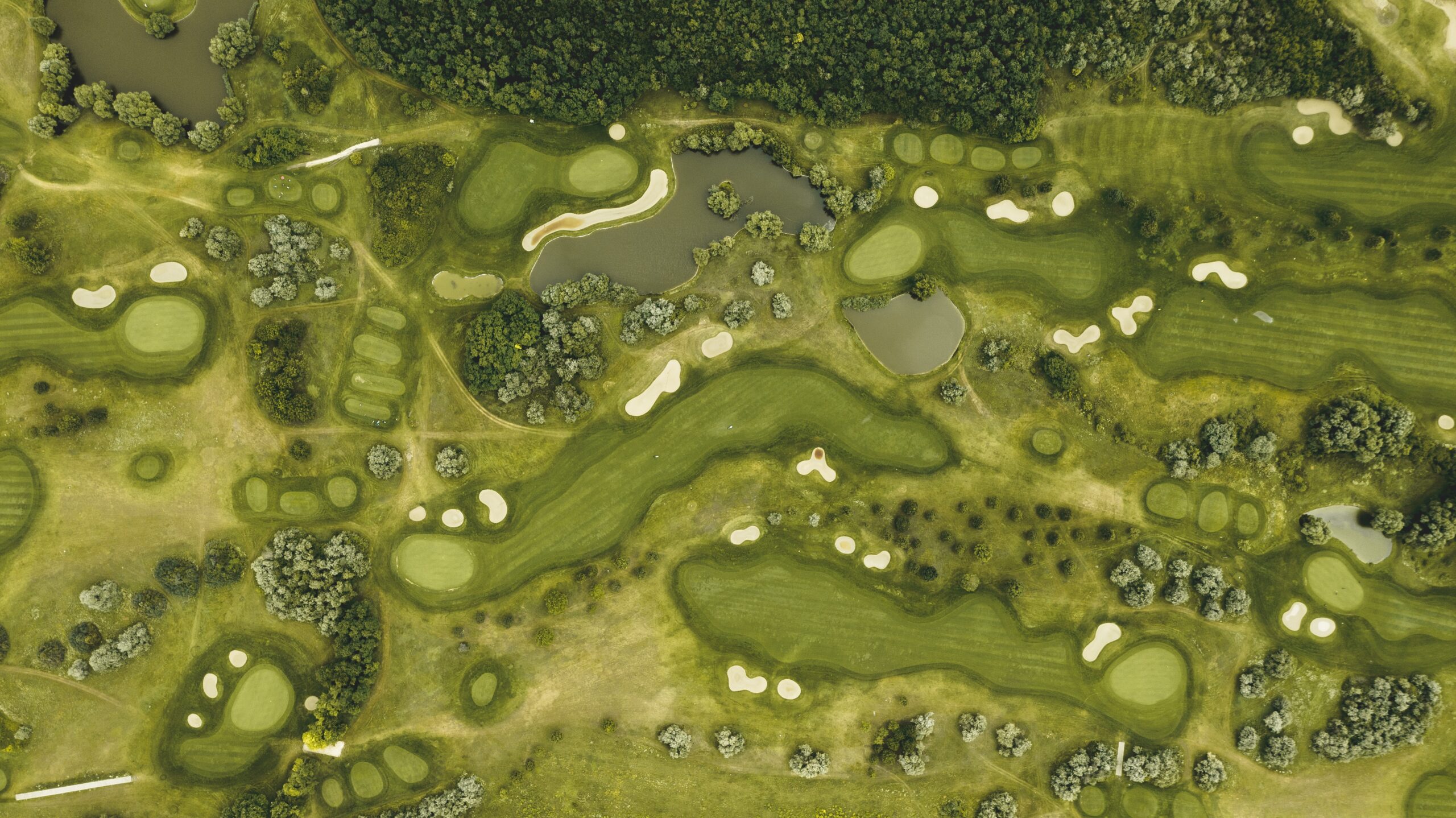Are golf courses maximising their assets and contribution to community?
By Eleanor Cardwell
June 14, 2023
Is it time for a rethink – to reassess what golf courses are and what they can be – to themselves, the planet and the community?
Golf is still riding a wave and the industry is as busy as ever, begging the question: how can its boom be used for the mutual benefit of those less fortunate as the pandemic wanes?
As the world grapples with the momentous changes to life, work, and play, it would be a shame – and, indeed, a missed opportunity – to see the design of golf courses and resorts remain the same. Is it time for a rethink – to reassess what golf courses are and what they can be – to themselves, the planet and the community? Golf was one of the first organized recreational amenities to open after the various grueling lockdowns and quarantines. What can we learn from this?
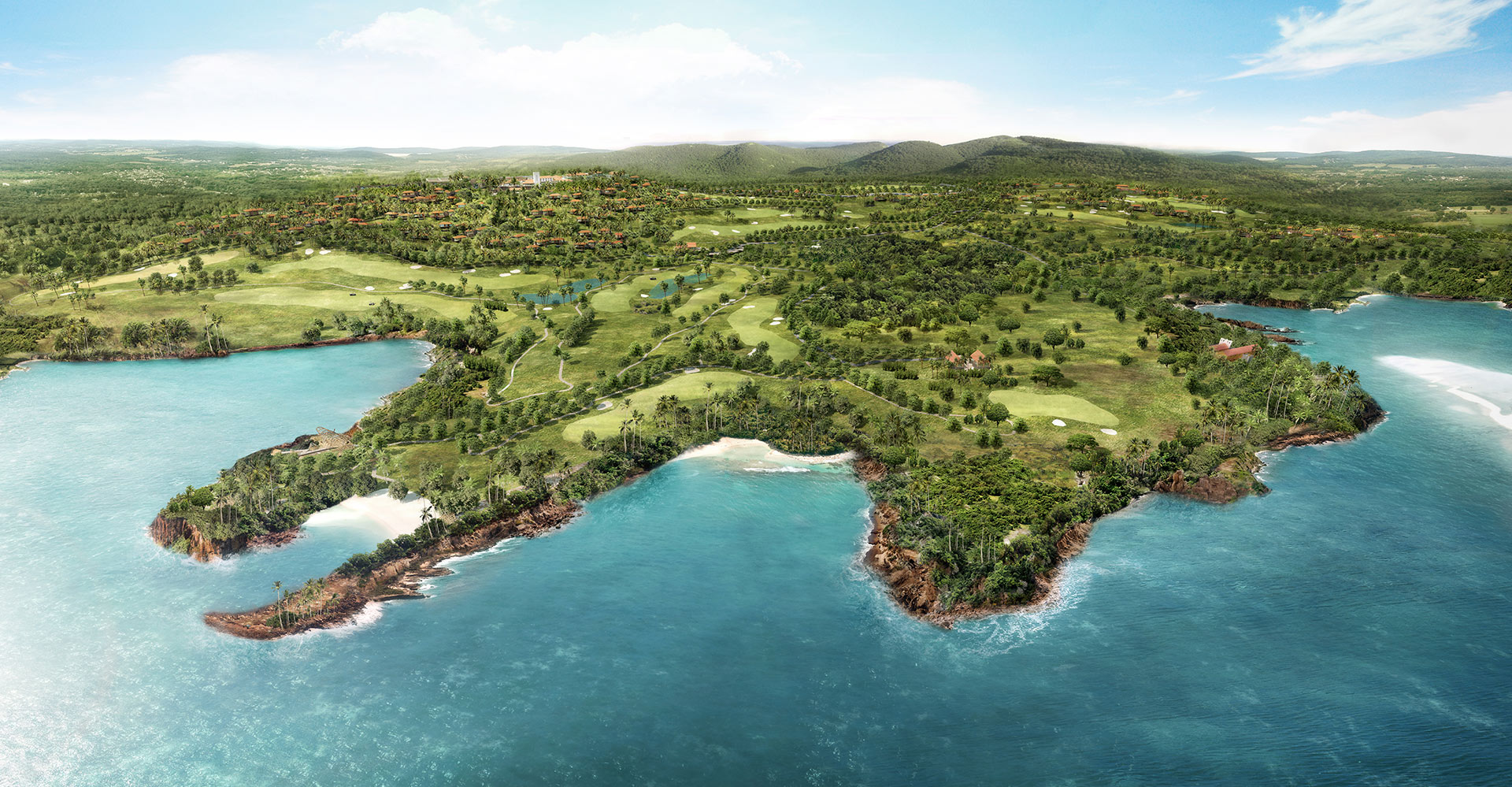
Four Seasons Golf Resort and Residences, Goa – Architecture by WATG
The industry is constantly evolving in the face of environmental criticisms and climate challenges, but is it adapting to social change?
One could argue that certain courses and their settings are some of the most dramatic and stunning man-made landscapes in the world. With the increasing global focus on Corporate Social Responsibility (CSR) and Environmental and Social Governance (ESG) initiatives, should golf courses be more available to broader markets? And shouldn’t designers be considering this greater social interaction within their play strategies and routing master plans to incorporate it?
These are by no means new ideas, but we are now at an inflection point where we should adapt voluntarily before we are forced to. The industry is constantly evolving in the face of environmental criticisms and climate challenges, but is it adapting to social change? And does it need to? In my eyes, the answer is a resounding yes.
The pandemic presented us with a golden opportunity to redirect some of the stereotypes and perceptions about golf. We have all heard the arguments that it is an elitist game, a fenced off playground for the rich, and statements like Harry Leon Wilson’s quip, later coined by Winston Churchill, that “golf is a good walk ruined”. 18 months ago, I wrote about the changing needs, demographics and time spent at golf resorts. These observations still hold true, as people are increasing the time spent away from their principal home. The evolution of work from home and work from anywhere has meant a growing band of people can spend longer in a resort or rural setting, and a smaller weekly proportion in the city. This in turn leads to the need for more facilities and recreational opportunities, and thus greater integration between residential owners and the golf courses. These exact same amenities can draw in the extended neighbourhood, creating and benefiting a wider community, as well as increased revenue streams for owners.
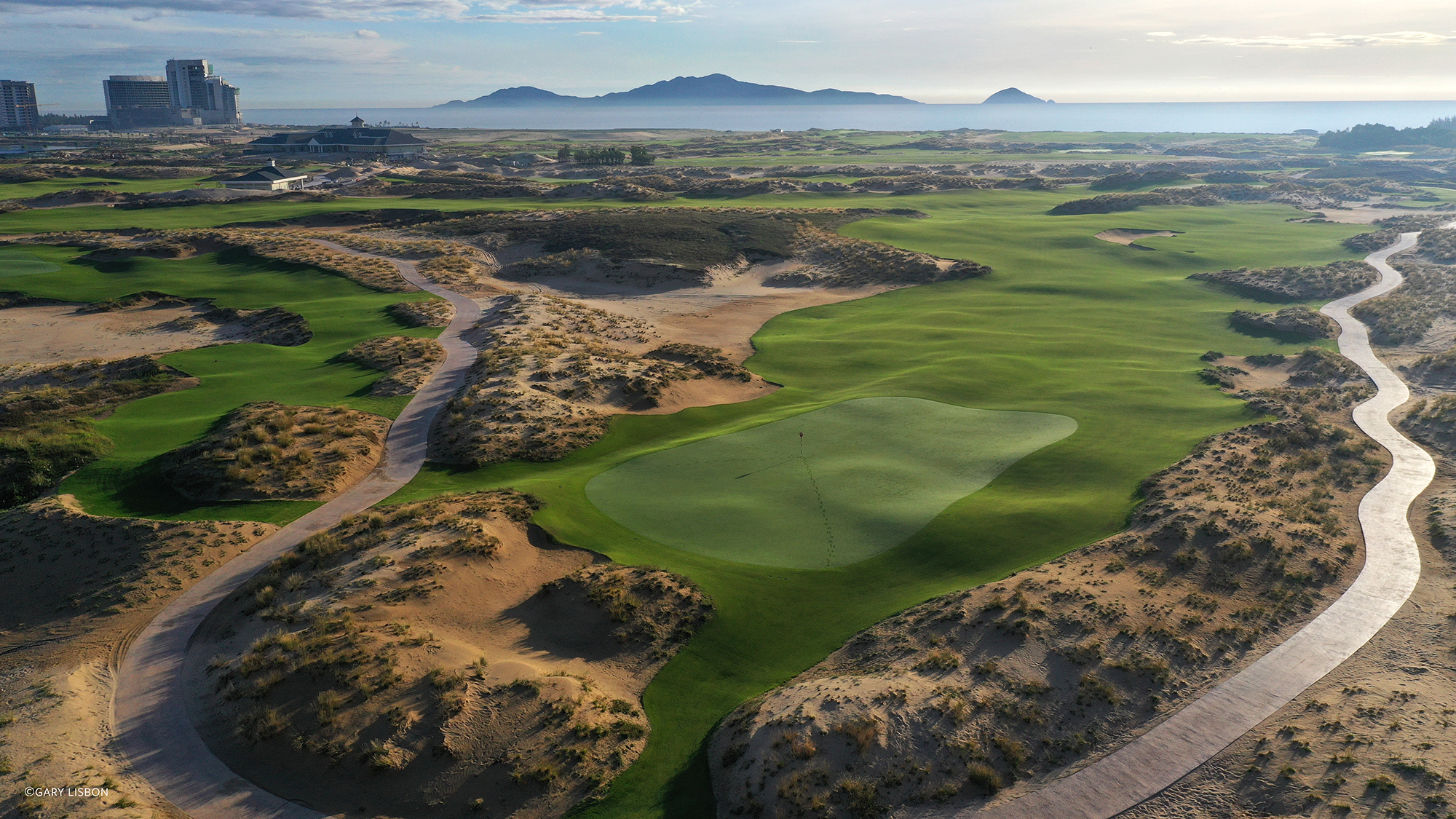
Hoiana Shores Golf Club, Vietnam – Golf Architect – Robert Trent Jones II; Landscape – WATG. Photographed by Gary Lisbon.
Urban public courses could become recreational and educational amenities for their nearby open space-deprived inner-city residents.
And what more can a golf course offer to a community? Like shopping mall carparks and educational facilities, a golf course is used intensively for a limited number of hours in a day and then lies dormant. Assuming the golf play is in daylight hours, that’s around six hours that parts of a course could be used for community or additional revenue source activities. The offerings range is broad and of course must be compatible with the course’s management and maintenance regimes, as well as the players’ enjoyment. This could include early morning yoga by a lakeside, while watching the sun come up; school ecology lessons; book or painting clubs; running and cycling tracks with fitness stations; the list goes on.
Of course, there will always be the elite and exclusive resorts and courses where this would be anathema – and they too have their place. But resort courses could open more to the local residents and surrounding community, while urban public courses could become recreational and educational amenities for their nearby open space-deprived inner-city residents. These changes can be addressed and included either during renovations or at the initial master plan stage, ideally before routings and setbacks are confirmed as opportunities lost can be difficult to regain.
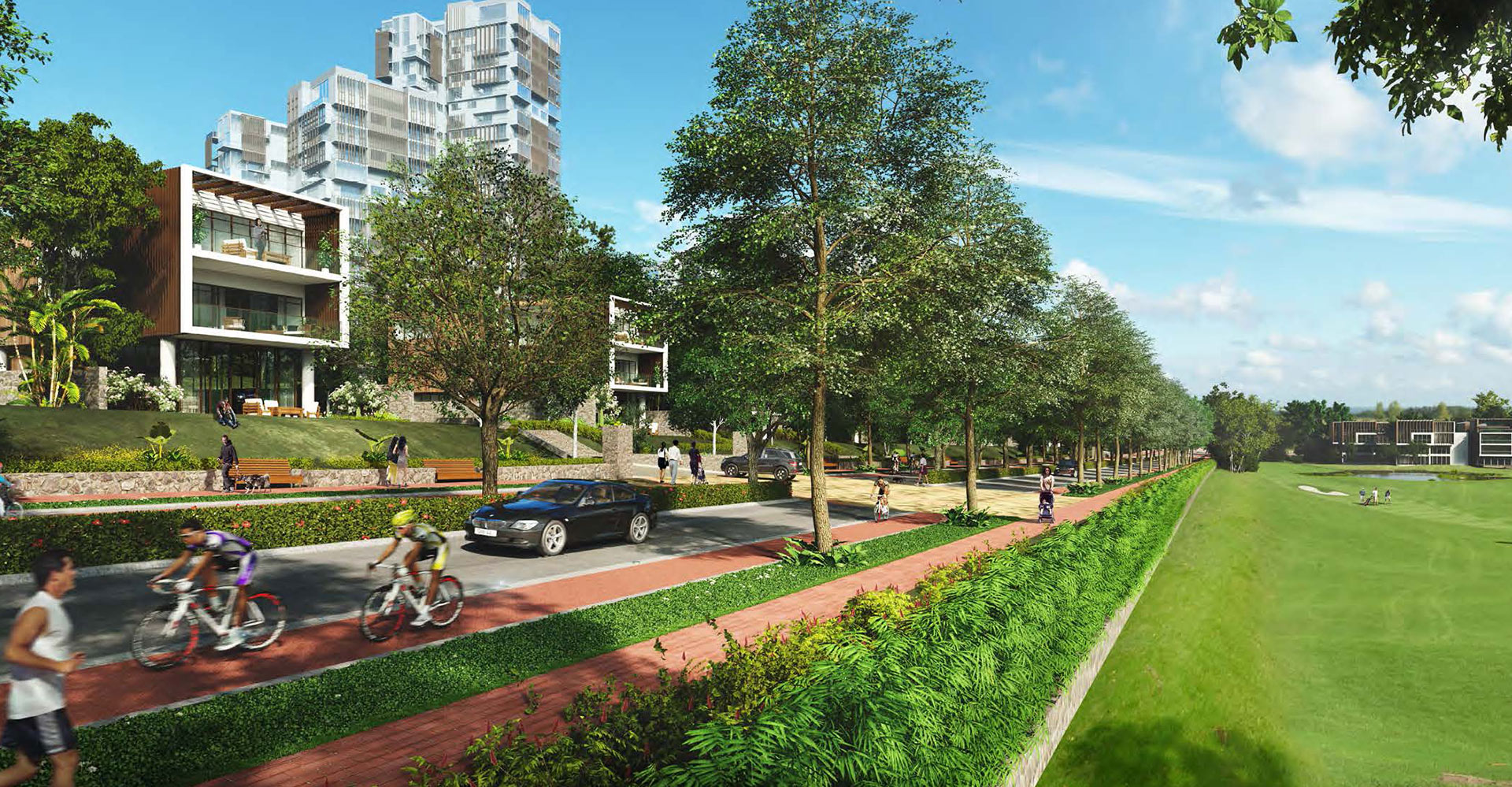
KLGCC Urban Resort & Golf, Kuala Lumpur – Architecture, Landscape and Master Planning by WATG
With thought and careful management, there could be an evolving co-existence to the mutual benefit of all.
Covid has taught – and cost – us a lot as a society and we’d be missing an opportunity if we disregarded the fundamental trends and opportunities happening around us. It is undeniable that now is the time to explore an expanded integration between golf, the community and the environment. As always, adaptations will need to be done without diminishing the enjoyment of the golf players – especially paying club members – but with thought and careful management, there could be an evolving co-existence to the mutual benefit of all. In my view, it is better to lead the charge and dictate the changes, rather than wait for CSR and ESG regulations to force our hands.
Latest Insights
Perspectives, trends, news.

- News
The Torch, The Screwdriver, and the Pencil – Pete Wimberly’s Story

- News
The Torch, The Screwdriver, and the Pencil – Pete Wimberly’s Story

- Employee Feature
Ian Simpson: Constantly Curious, Constantly Creative

- Employee Feature
Ian Simpson: Constantly Curious, Constantly Creative
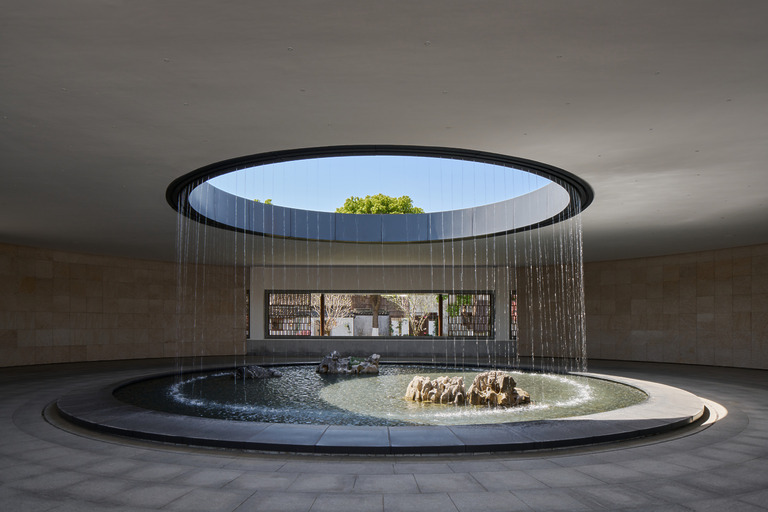
- Strategy & Research |
- Design Thinking & Innovation
Designing the Arrival Experience
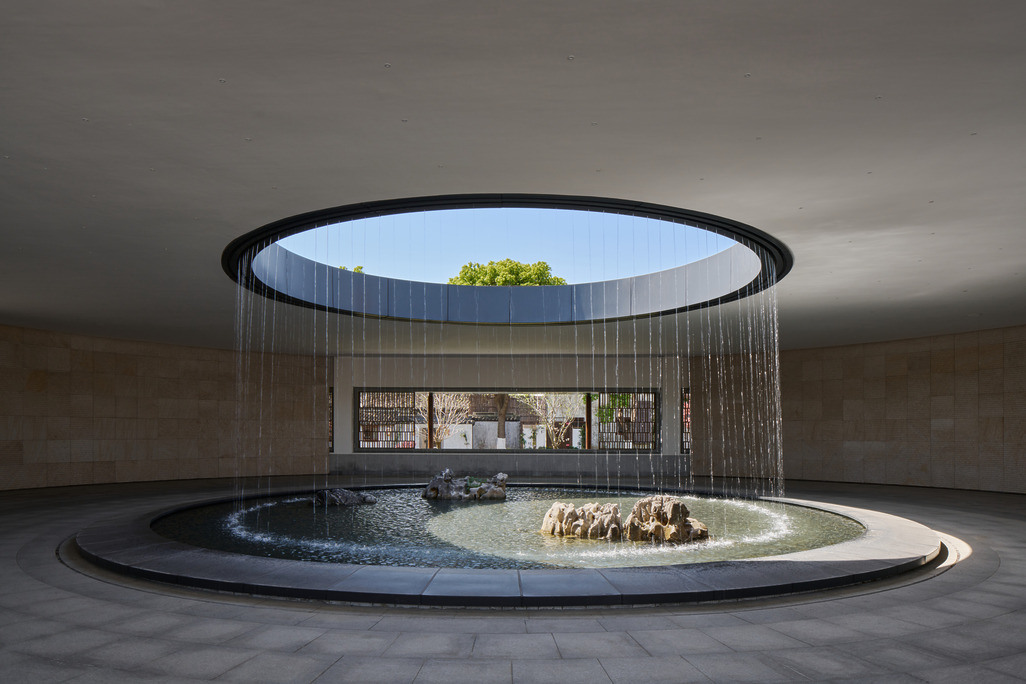
- Strategy & Research |
- Design Thinking & Innovation
Designing the Arrival Experience
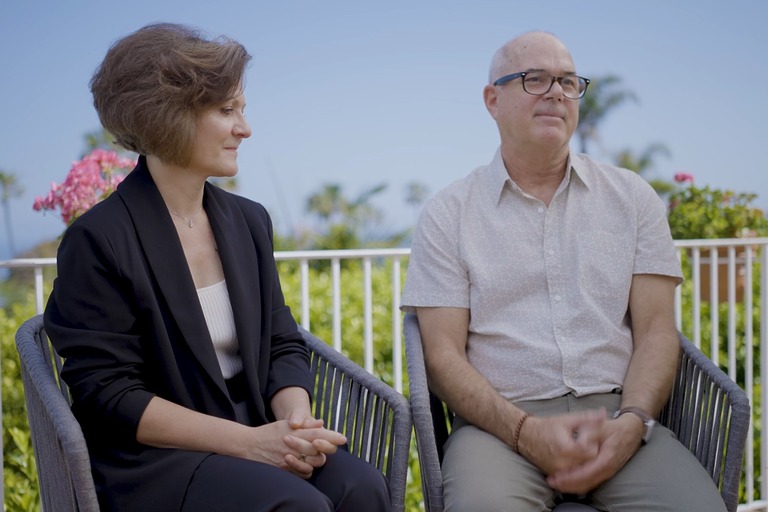
- Employee Feature |
- Inside WATG
Mentorship, Community, and Creativity: WATG’s Blueprint for the Next 80 Years
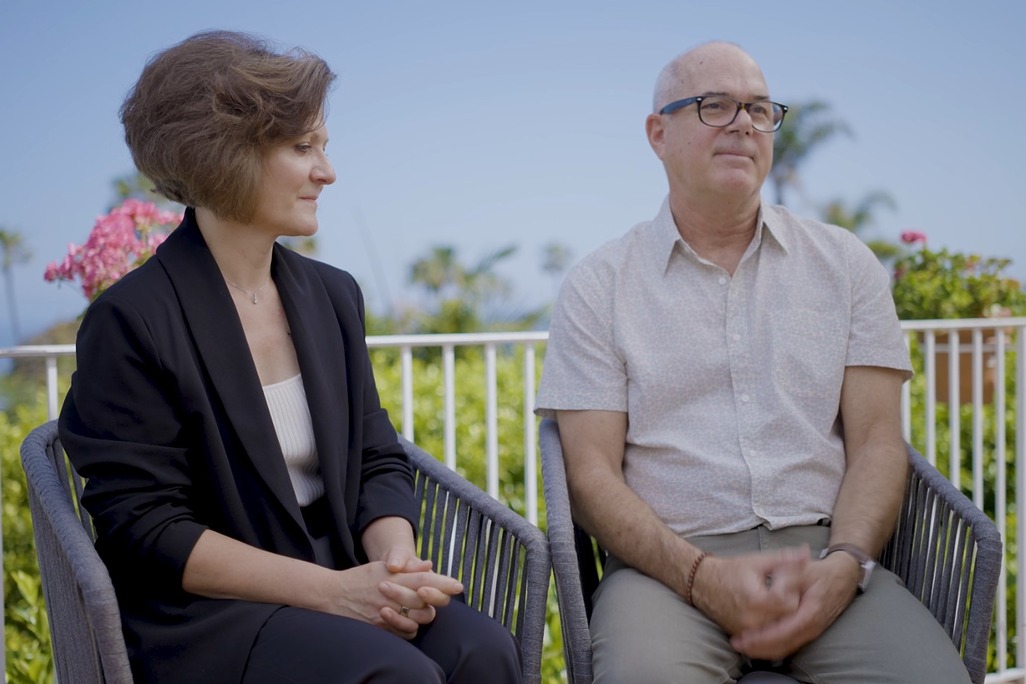
- Employee Feature |
- Inside WATG
